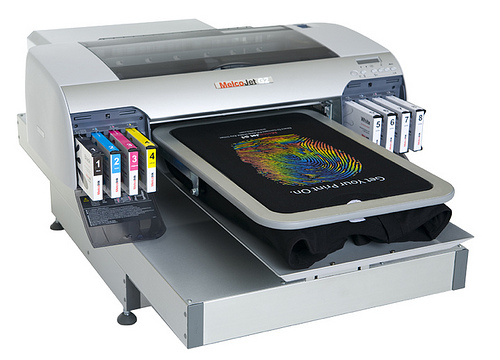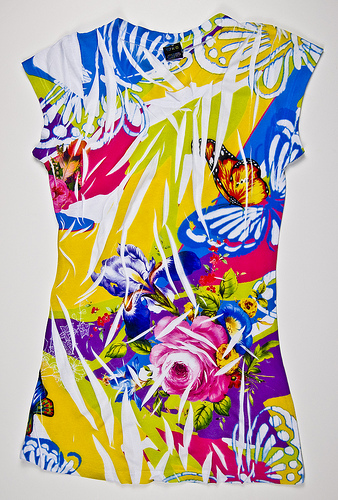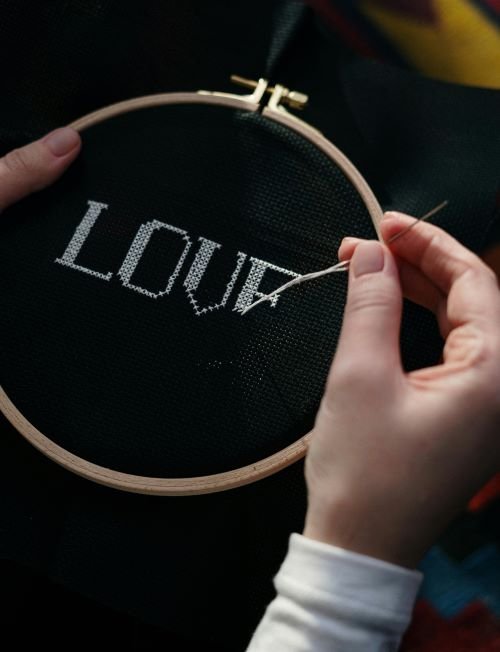T-shirt printing is not just a creative outlet but a thriving industry that powers everything from custom fan gear to corporate swag. Whether you’re designing a one-off masterpiece or placing a bulk order for your business, understanding the various printing methods can help you make informed decisions that ensure your T-shirts look great and last long.
But with so many printing options out there, how do you know which method is best for your needs? In this post, we’ll break down the most common T-shirt printing techniques, covering their pros, cons, and ideal uses, so you can choose the perfect option for your next project.
1. Screen Printing: The Classic Choice
What It Is:
Screen printing is one of the oldest and most widely used methods of T-shirt printing. It involves pressing ink through a mesh screen (or stencil) to create the design on the fabric.

How It Works:
The process begins by creating a screen for each color in your design. Ink is then pushed through the screens onto the shirt, with one screen being used for each color. It’s a process that requires precise setup but yields vibrant, durable results.
Pros:
- Cost-effective for large orders: Once the setup is done, screen printing becomes very affordable for large quantities.
- Vibrant colors: The thick ink layer results in bright, eye-catching prints.
- Durability: Screen prints can last for many washes without fading.
Cons:
- High setup costs: For small orders, the initial setup can be expensive.
- Limited to simple designs: Multi-color designs or intricate details can be challenging and costly to achieve.
- Not ideal for short runs: The process works best for large batches.
Best For:
- Bulk orders
- Simple designs with few colors (logos, slogans)
2. Direct-to-Garment (DTG) Printing: The Digital Option
What It Is:
DTG printing is a newer method where a digital printer directly prints your design onto the fabric. It’s essentially like printing a photo on paper but with a much larger machine designed for fabric.

How It Works:
DTG printers use inkjet technology to apply ink directly to the fabric, making it ideal for highly detailed or multi-colored designs. The process doesn’t require screens or stencils, so it’s much faster for small runs.
Pros:
- High-quality prints: DTG produces photorealistic images with a wide color range.
- No setup costs: Great for one-off or small orders since there’s no need for screens.
- Fine details: Perfect for intricate or detailed artwork.
Cons:
- Less durable than screen printing: DTG prints can fade or crack over time, especially after multiple washes.
- More expensive per unit: While there’s no setup fee, the cost per shirt is higher than screen printing for larger orders.
- Works best on cotton: DTG printing is most effective on cotton fabrics, though it can work on blends with some limitations.
Best For:
- Small batches
- Custom T-shirts with detailed or multi-colored designs
- Photo prints and artwork
3. Heat Transfer Printing: Versatile and Easy
What It Is:
Heat transfer printing involves applying a design printed on transfer paper to a T-shirt using heat and pressure. The heat press ensures the design bonds to the fabric, creating a smooth, vibrant print.
How It Works:
There are two types of heat transfer methods—vinyl transfer and sublimation transfer. Vinyl is cut into shapes and applied to the shirt, while sublimation involves dyeing the fabric itself using heat.
Pros:
- Great for small runs: Easy setup for small batches and custom designs.
- Versatile: Suitable for a wide range of materials, including cotton, polyester, and blends.
- Fast turnaround: The process is quick and can be done with minimal setup.
Cons:
- Can feel heavy on fabric: Depending on the type of transfer, the print can feel thicker or raised on the fabric.
- Less durable: Heat transfers may crack or peel over time.
- Not ideal for large-scale production: The process can be slow for large orders.
Best For:
- Short runs and individual custom T-shirts
- Designs that require vibrant colors or custom lettering (like sports jerseys)
4. Sublimation Printing: Perfect for Polyester
What It Is:
Sublimation printing uses heat to transfer dye into the fabric, resulting in vibrant, full-color designs that are embedded into the fabric itself.

How It Works:
The sublimation process turns the ink into gas, allowing it to bond directly with polyester fibers. This creates a print that becomes part of the fabric, rather than sitting on top of it.
Pros:
- Long-lasting: Sublimated designs don’t fade, peel, or crack.
- Vibrant colors: The print is rich and bold, ideal for colorful, intricate designs.
- Perfect for all-over prints: This method is often used for large, full-coverage designs.
Cons:
- Limited to polyester fabrics: Sublimation only works with synthetic fabrics, typically polyester.
- Not for dark-colored shirts: Works best on light or white fabrics to achieve true color vibrancy.
Best For:
- Full-color designs and all-over prints
- Sportswear, athletic apparel, and performance wear
5. Vinyl Printing: Simple, Durable, and Customizable
What It Is:
Vinyl printing involves cutting shapes or designs from vinyl sheets and applying them to the fabric using a heat press. It’s commonly used for custom lettering and small logos.
How It Works:
The vinyl is cut into the desired shape, then transferred onto the shirt using heat. It’s particularly popular for text, numbers, and simple designs.
Pros:
- Highly durable: Vinyl prints last a long time without cracking or peeling.
- Ideal for custom text and logos: Great for personalizing shirts with names, numbers, or monograms.
- Works on a variety of fabrics: Vinyl works on cotton, polyester, and blends.
Cons:
- Limited design complexity: Vinyl is best for simple, solid-color designs; it doesn’t work well for gradients or multi-colored artwork.
- Can feel heavy: The vinyl can add a layer of thickness to the fabric, which some may find uncomfortable.
Best For:
- Custom designs with text or logos
- Sports teams, clubs, and personalized gifts
6. Embroidery: A Premium Option
Although not technically a printing method, embroidery involves stitching designs directly onto the fabric using threads. It’s an excellent choice for professional, high-end designs and logos.

Best For:
- Corporate logos and branding
- Premium, long-lasting designs
Conclusion: Choosing the Right Printing Method
Each printing method has its own strengths and weaknesses, depending on your design needs, order volume, and fabric choice. Here’s a quick breakdown of when to use each method:
- Screen Printing: Best for bulk orders and simple designs.
- DTG Printing: Ideal for small runs, detailed designs, and photorealistic images.
- Heat Transfer Printing: Versatile and perfect for custom, short-run designs.
- Sublimation Printing: Great for all-over prints and bright, colorful designs on polyester.
- Vinyl Printing: Best for custom lettering, logos, and durability.
- Embroidery: Ideal for logos and professional branding.
When choosing a printing method, always consider factors like the complexity of your design, the fabric type, and your budget. With the right choice, your T-shirt design will not only look amazing but will also stand the test of time.